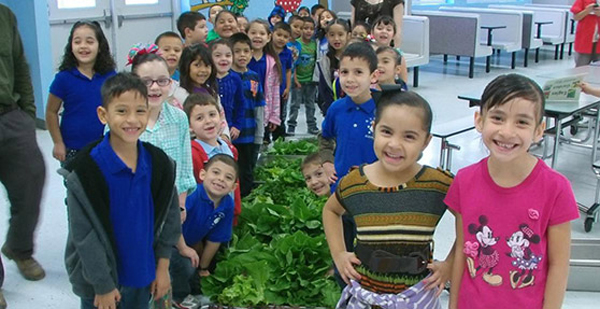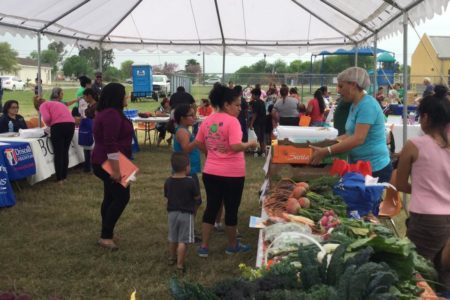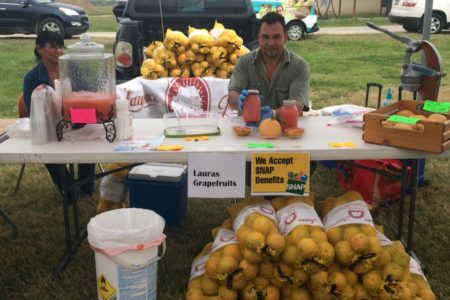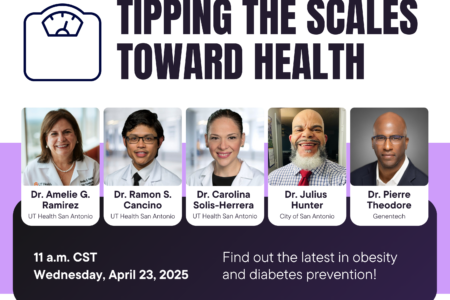
Share On Social!
A food desert covers 52% of the Rio Grande Valley on the Texas-Mexico border, according to a recent assessment by the Working on Wellness project at Texas A&M University, the Rio Grande Guardian reports.
Food deserts are areas more than 2 miles or 15 minutes away from a grocery store.
People in Rio Grande Valley food deserts are predominantly Latino with low income and no transportation, according to the assessment by Working on Wellness.
Fortunately, Working on Wellness is taking action to help.
“We found out there were still a lot of areas that could be improved in terms of access whether that be walking trails, sidewalks, or healthy food retail-like groceries,” Evelia Castillo, Working on Wellness coordinator, told the Rio Grande Guardian. “So we’ve been working with local stakeholders to try to address some of those the gaps that we found in terms of access to healthy food and physical activity.”
Working on Wellness Project
The Working on Wellness project is a branch of the Texas A&M Healthy South Texas Initiative, an initiative that is working on improving wellness and overall health in the Rio Grande Valley.

The project addresses food desert issues, such as environmental quality, for instance access to healthy food and recreational areas for physical activity, as well as influencing health policy.
State of the Rio Grande Valley
More than 23 million American families live in a food desert. 29% of those families are Latino.
It’s even worse in the Rio Grande Valley. The region is a predominately Latino area with 1.3 million people in four counties: Cameron, Hidalgo, Starr and Willacy. Half of the region is a food desert.
Rates of cancer, diabetes, hypertension, heart disease, and obesity tend to be higher in food deserts as compared to areas with access to healthy foods and green spaces.
How Working on Wellness is Creating Change

The Working on Wellness project initiated a farmers’ market in the town of San Carlos, a colonia in Hidalgo County. Colonias are impoverished regions along the Texas-Mexico border where proper infrastructure is scarce.
Additionally, the project partnered with the local food bank so customers can use WIC vouchers to redeem fruits and vegetables.
Some of WOW’s other accomplishments include community gardens in Starr County.
Also, PBS’s America’s Walking host visited Hidalgo County to promote livable, walkable communities. They also helped Weslaco ISD students in promoting school zone safety.
By The Numbers
1
Supermarket
for every Latino neighborhood, compared to 3 for every non-Latino neighborhood



